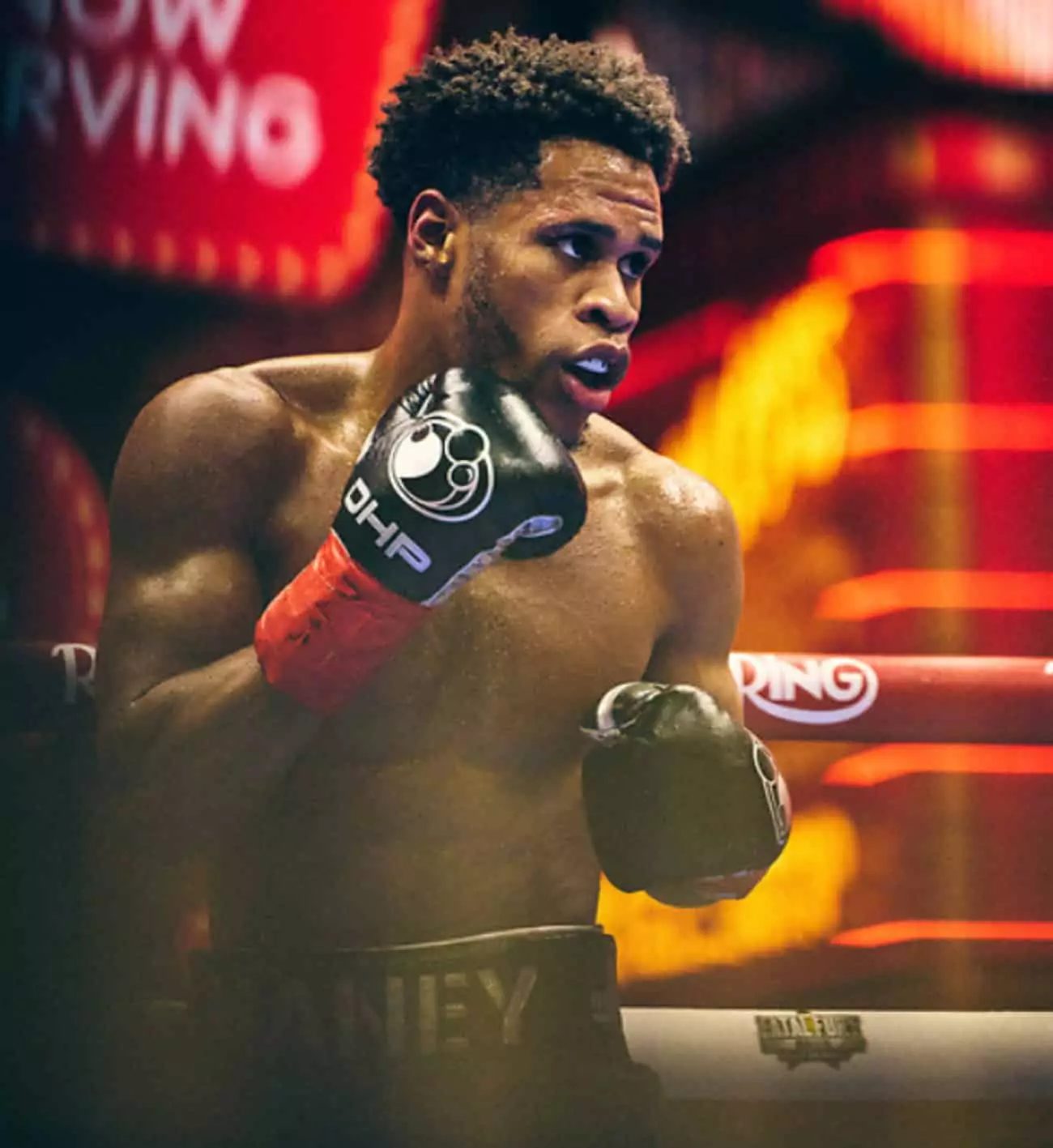In the world of professional boxing, the spotlight is as unforgiving as it is bright. For champions like Devin Haney, every bout carries not only the weight of expectations but also the psychological scars from previous encounters. Stephen Edwards, Haney’s coach, recently shed light on the challenges facing the young fighter following his lackluster performance against Jose Ramirez on May 2nd. Edwards argues for a compassionate approach toward Haney, who was already grappling with the implications of a traumatic past, specifically his devastating loss to Ryan Garcia, where he sustained multiple knockdowns that could affect his mentality in the ring.
In defending Haney, Edwards advocates for understanding and empathy rather than instant judgment. He emphasizes that Haney’s latest performance shouldn’t be seen as the definitive metric of his abilities, especially given the context of having faced an opponent accused of using performance-enhancing drugs. Such nuances are crucial to the discussion of athletic performance and mental readiness. For fans and analysts alike, evaluating a fighter’s skill after a difficult bout can be tricky; it requires a careful balance of acknowledgment for the physical toll and psychological impacts involved.
The Shadow of PTSD
Central to the conversation is the notion of post-traumatic stress disorder (PTSD), a condition that, while often stigmatized, is gaining recognition in sports, particularly in contact disciplines like boxing. Edwards does not shy away from the severity of PTSD, stating, “First of all, PTSD is real.” The implications here are significant. If Haney is indeed dealing with PTSD from his previous fight, it raises serious questions about his capacity to perform at the elite level expected of him by fans and promoters alike.
This highlights an important consideration for promotions and fight organizers: Should they continue to advocate for Haney in high-pressure scenarios, especially PPV events, while he navigates his mental health challenges? The financial aspect cannot be ignored either; fans invest considerable amounts into PPV events, expecting to see fighters in peak condition and mentally prepared for battle. If Haney is unable to deliver at this level, there is a moral obligation for promoters to reconsider their marketing strategies, particularly regarding pricing structures for underwhelming fights.
Empathy in Sports: A Double-Edged Sword
Edwards’ notion that fans should be more forgiving of an athlete dealing with mental health issues presents a compelling insight into the industry’s often harsh reality. Yet, the question that lingers is: to what extent does empathy overshadow accountability? There’s a risk that such compassionate narratives may inadvertently enable subpar performances, especially when significant sums of money are involved. The disparity between a fighter’s emotional and physical readiness versus the commercial demands of the sport creates a paradox that is difficult to navigate.
In Haney’s case, his coach’s encouragement for patience and understanding could be seen as a necessary buffer against the harsh critique that follows a poor performance. However, this does not absolve Haney or his team from the responsibility of ensuring he is fit, both mentally and physically, to engage in such a demanding profession. The boxing community, along with its fans, deserves to see fighters who are at least in a condition that allows for an entertaining fight.
The Road Ahead: Can Haney Reclaim His Fire?
As Edwards points out, it may take time for Haney to regain his rhythm, particularly after entering the ring with the weight of emotional duress. The previous fight has undoubtedly left its mark, and the boxing community must remain vigilant in assessing both the fighter’s physical skills and mental state. The standard shouldn’t merely be set by an athlete’s past accolades but also take into account their present capabilities.
However, there’s also an unshakable expectation that comes with being paid millions for a fight. When a boxer steps into the ring, they engage in a sacred dance of skill and athleticism that spectators hope will thrive on the energy of competition. If Haney is grappling with his past, perhaps it would be wise for him to step back, recalibrate, and return on his terms. At the end of the day, every athlete deserves the right to protect not only their legacy but their mental health as well.
In this intricate tapestry of physical sport combined with psychological resilience, the champion’s journey is fraught with challenges that reach far beyond the ropes of the ring. As boxing enthusiasts, we must remain cognizant of the balance between performance expectations and the all-too-human battles that take place behind the scenes. Ultimately, this inquiry into Haney’s future reveals a complex interplay of competition, vulnerability, and the unwavering spirit of boxing.


Leave a Reply